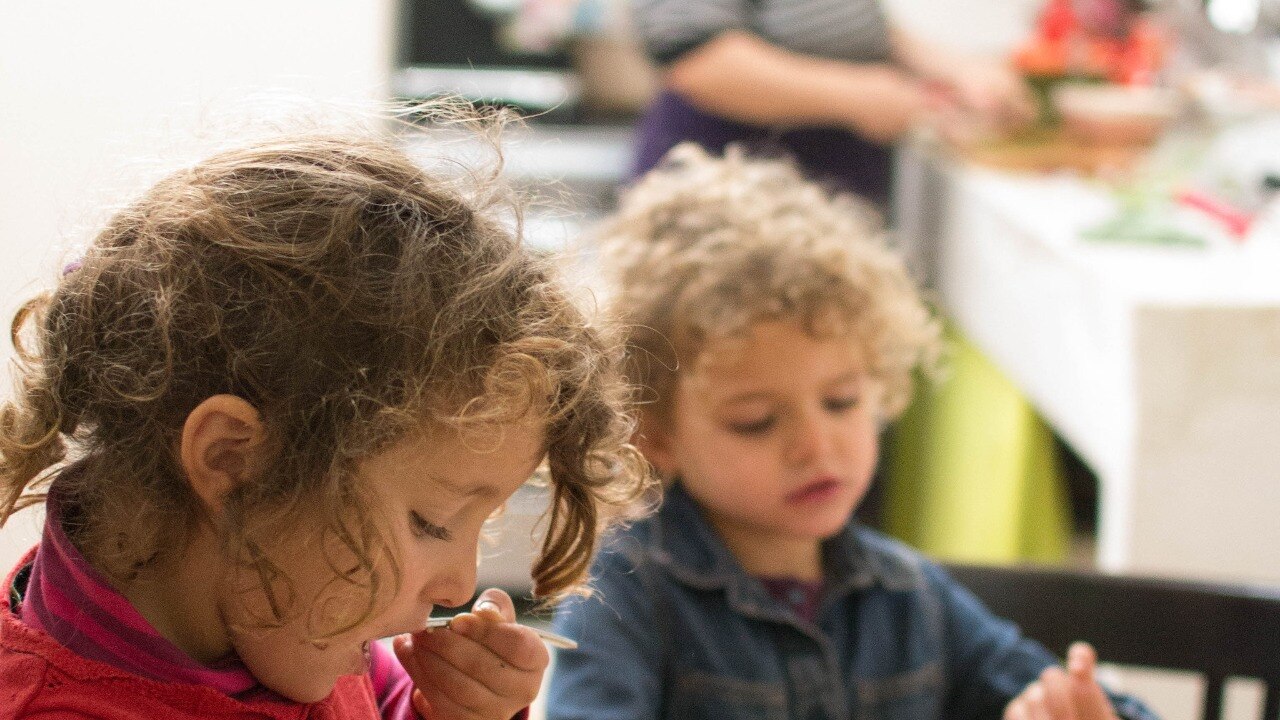
DiYES International School – Childhood Trauma Disrupts Learning by altering how young minds process, retain, and apply information. A child exposed to violence, abuse, or addiction does not just carry emotional wounds; the impact extends deeply into the brain’s development. The ability to focus, stay organized, and regulate emotion becomes increasingly difficult. While some children mask these struggles, many begin falling behind academically. Schools often interpret behavior issues or declining grades as laziness or disobedience rather than signs of distress. One incident can create ripples across a child’s entire educational journey, especially without proper intervention. Experts warn that ignoring these effects reinforces cycles of failure, disengagement, and self-doubt. To protect learning potential, schools must recognize trauma not as a side issue but as a critical barrier to success. A classroom cannot thrive when students silently carry burdens that distort their perception of safety, stability, and belonging.
When children experience trauma, their brains enter survival mode. In this hypervigilant state, memory consolidation, attention span, and executive function take a hit. This cognitive redirection affects their ability to grasp new material, retain lessons, and organize thoughts. In math, reading, and writing, trauma-exposed students often show noticeable delays. They may struggle to complete tasks, forget instructions quickly, or become overwhelmed by complex assignments. Instead of engaging creatively, they freeze or act out. These reactions are neurological responses, not mere behavioral problems. The learning environment turns into a source of anxiety rather than exploration. Classrooms with high trauma rates see increased disruptions, lower overall test scores, and more frequent disciplinary action. Without early recognition, schools inadvertently contribute to widening the achievement gap. Building awareness around this connection is essential for changing classroom expectations and adopting teaching practices that reflect the real needs of vulnerable learners.
“Read about: From Pain to Breath: Inhaled Insulin Brings Comfort to Children with Type 1 Diabetes”
Trauma interferes with a child’s ability to self-regulate. Emotional outbursts, withdrawal, or hyperactivity are common responses that stem from internal chaos. These behaviors often disrupt classroom routines and lead to disciplinary measures that exclude rather than support. A child who feels unsafe cannot focus on spelling words or multiplication tables. Instead, they remain preoccupied with survival—reading cues for danger and reacting accordingly. Teachers may misinterpret these cues as disrespect or defiance. However, the root issue is emotional overload, not rebellion. Frustration, anger, or sadness dominate their reactions to minor stressors. This ongoing instability creates friction between students and educators, fostering environments filled with tension and mistrust. Schools that apply trauma-informed strategies help students feel seen and heard, reducing behavioral conflict. Offering emotional tools like breathing exercises or de-escalation spaces supports healing and enables focus. When emotions are supported instead of punished, learning begins to feel possible again.
“Read more: Secure Your Garage Like a Vault: The Power of a Deadbolt Lock”
Responding effectively to childhood trauma requires systemic change in schools. Trauma-informed education starts with professional development for teachers, equipping them to recognize signs of distress and avoid retraumatization. Instead of defaulting to suspension or punishment, staff learn to respond with empathy and structure. Mental health professionals become key players in the education process, offering counseling, crisis response, and wellness plans. These schools prioritize routines, predictability, and safety to counter the instability many students face outside the classroom. Simple changes like greeting students at the door, offering choices, and using consistent language create trust. Community partnerships enhance support systems, ensuring no child is left to navigate trauma alone. When these practices take root, academic performance improves, absenteeism declines, and classroom climates become more collaborative. Children who once felt hopeless begin to see their potential. School transforms from a trigger zone to a safe haven that supports learning and recovery.
Supporting trauma-impacted students cannot fall solely on teachers or counselors. Everyone in the school ecosystem must contribute to a stable environment. Bus drivers, lunch aides, administrative staff, and even custodians play roles in shaping daily interactions that either soothe or inflame stress responses. District leaders must allocate resources for ongoing training, mental health staffing, and curriculum development that reflects social-emotional learning. Families need access to support networks and educational tools that help them reinforce healing at home. Policymakers also carry responsibility. Funding decisions and academic standards must reflect a deeper understanding of trauma’s toll. Accountability should center on growth and resilience, not just test scores. Restoring stability is a long-term effort that requires patience and persistence. Schools that share this responsibility across all levels create spaces where children feel valued and protected. In those conditions, learning can thrive even in the face of adversity.